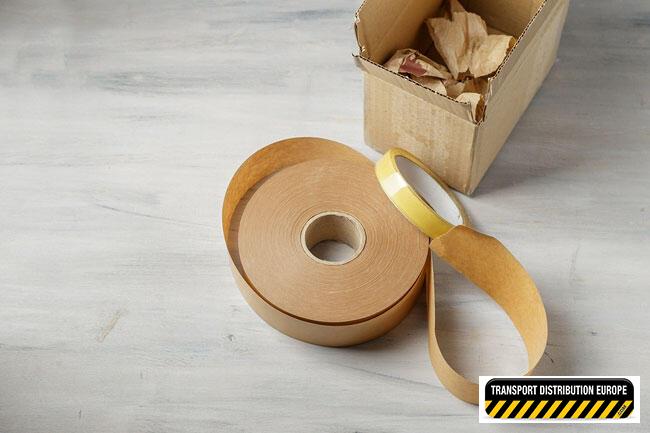How e-commerce businesses can move to green packaging
Sep 10, 2019
By Phil Edwards, an Outreach Specialist for Melbourne Packaging Supplies.
Living in a consumer society means we buy items virtually every day. It means we bring packaged products from stores into our homes. Or, increasingly we have them delivered to our doors. With online businesses trading everything from plants to porcelain, everything we buy needs to be supplied in the form of packaging to protect it during shipping and delivery.

But packaging plays another important role for brands. It defines the brand and carries information about the product inside. It's necessary, but we still can't ignore the dangers that plastic packaging poses to the environment. Plastics do not fully biodegrade, and we all need to explore alternative solutions to our packaging needs.
Containers and packaging alone make up a quarter of material in landfills in America. Packaging is also the most common material found in litter on beaches and other water sources.
Going over to the green side
With e-commerce gaining traction every year, the use of packaging is on the rise too. We'll show you how as an e-commerce business you can contribute to environmental protection.
Green packaging or sustainable packaging is defined as the use of materials and manufacturing methods that have a minimal impact on energy consumption and the environment. Apart from reducing the use of packaging needed, eco packaging relies on the use of reusable or renewable materials. It is designed to be recyclable and excludes toxic materials.
Let’s look at the options:
- Paper and cardboard. These materials can be reused and recycled and are fully biodegradable.
- Corn starch packaging. It is made from biodegradable corn starch. It's ideal for single-use items such as takeaway food or those delivered via the postal services.
- Bubble wrap. There are many eco-friendly options available such as those made from recycled polyethylene. Other types are fully degradable too.
- Biodegradable plastic. It begins to decompose once it is exposed to sunlight. This is regularly used for plastic bags and bulk mailing envelopes.
- Bagasse paper. This is made from sugarcane fiber pulp leftover once the juice has been extracted from the cane. It was previously discarded as waste but now is increasingly replacing paper packaging used in food services. Bagasse products usually decompose within three months compared to plastic which takes 400 years!
- Mycelium. This compostable packaging is made from mushrooms. It is edible and biodegradable.
There's a financial argument for e-commerce businesses adopting sustainable packaging too. Your customers want it. Research shows that two-thirds of customers are more likely to engage with and support a brand that uses recycled packaging.
Moving to green packaging could also enable you to cut down your shipping costs. Forty percent of packages contain empty space. They take up unnecessary space in the carrier, which impacts on carbon emissions and fuel usage. More compact packaging will reduce your shipping expenses and reduce their carbon footprint.
Another bonus is that if your brand is shipping internationally using green packaging, you will automatically comply with legal requirements such as those defined in the European Union.
As a web-based business, you can optimize your costs while also making your product more attractive to eco-conscious consumers. Here's how to make a move.
- Write up a green mission statement and include it on your website to inform customers about your sustainable practices. If you earn ‘badges’ add these to your page too.
- Explore ways in which you can reduce packaging. This will immediately improve your bottom line by cutting the costs of materials and transportation of products.
- Compostable packaging solutions needn't be expensive or look less appealing. Look for innovation. For example, soy-based ink can be used effectively to brand plain boxes with its vibrant colour options. Certain plastics can also be recycled or reused.
- Avoid mixing items that can’t be recycled in your packaging. Rather stick to one type of polymer.
- Could your packaging have a second life? Get your design team thinking out of the box to explore if your package could be used in alternative ways once it has performed its role as packaging. This will prevent it from ending up in a landfill.
- Extend your sustainable policies to your marketing materials (branded bags, t-shirts, pencils, etc.)
- Offer your customers services that are eco-friendly. Make it easy to drop off your packaging for recycling or offer them options such as refillable bottles.
- Make it easy for customers to recycle by giving instructions on your packaging on their possible reuse or recycling options. You can make this information available on your website too. The more information you can supply them with, the better. It will all impact on their loyalty and trust in your brand as one with sustainable ethics.
